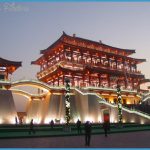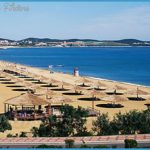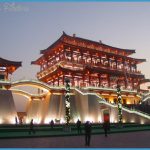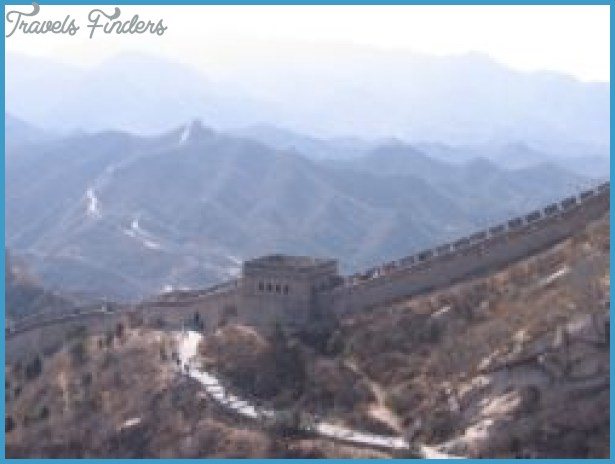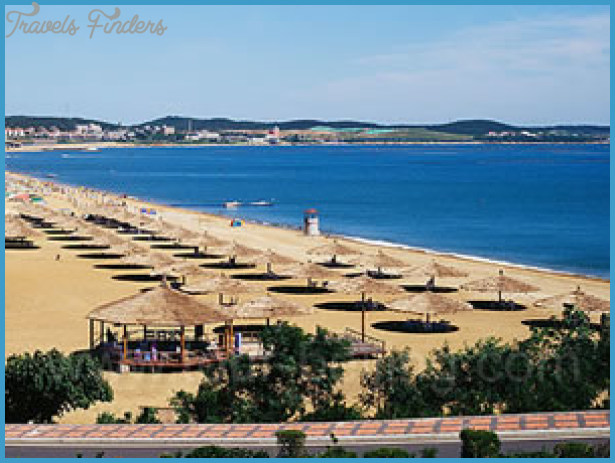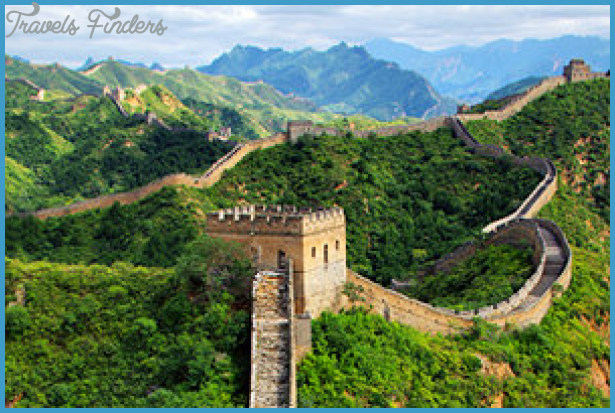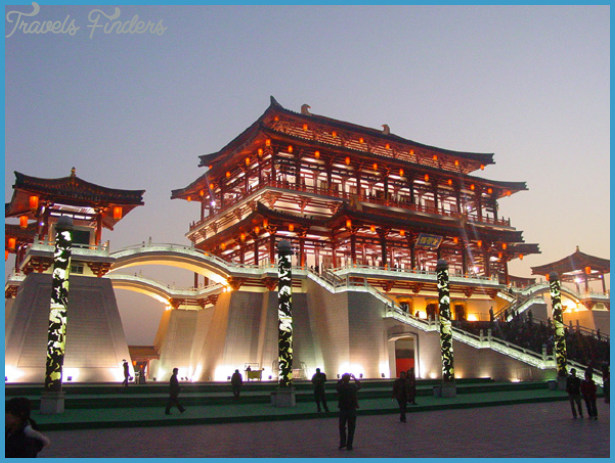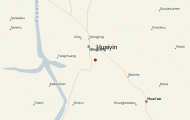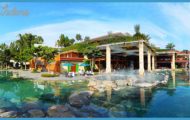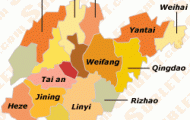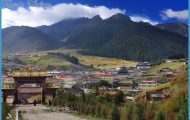In northern China the traditional compound usually consists of three sections. The entrance faces a communal or outer hall in the middle between two other outbuildings at right angles. In the country the communal hall houses a kitchen with a stone fireplace, while the other
Hall of the Harvest Prayer in the Temple of Heaven in Beijing two rooms are equipped with two raised platforms (kang), beneath which afire burns and where during the day the residents gather round a table to eat, drink, play and talk. During the night the kang function as beds. Straw mats are laid on the stone surfaces and covered with soft, brightly coloured cotton-filled quilts.
The layout for the sacred palace and the spacious audience chambers Temples and in the emperor’s palace was based on the model ofthe smallest living Imperial quarters. The official’s fine town houses contained a greater number of Palaces rooms, sometimes several courtyards or one or two compounds. Temples and imperial palaces are basically just larger, more complex versions ofthe courtyard compound.
The structure of a summer palace is quite simple. Resting on stone foundations a network of beams link supporting wooden columns, which bear the weight of a possible second floor or the roof. The surrounding walls usually made from wood have a protective rather than a supportive function.
Roofs are of special importance. A framework of sloping beams is Roof covered with greyish terracotta tiles, coated with a gleaming majolica glaze – in yellow, green and blue, the colours ofthe Tang dynasty.
Apart from terracotta or majolica tiles and stone foundations, Chinese Building builders used mainly wood. Consequently many famous monuments materials from the past have not survived, falling victim to fire, dilapidation and wars. Wood was such a popular material because it was easy to repair, restore and replace. The fragile nature of buildings made from shortlived materials such as wood and clay is a source of fascination to many visitors. On the one hand, its use contrasts sharply with the opulence of Chinese history and culture as well as the rigidity of imperial administration. On the other hand wood allows the expression of a strong urge to replicate, to imitate at all levels.


